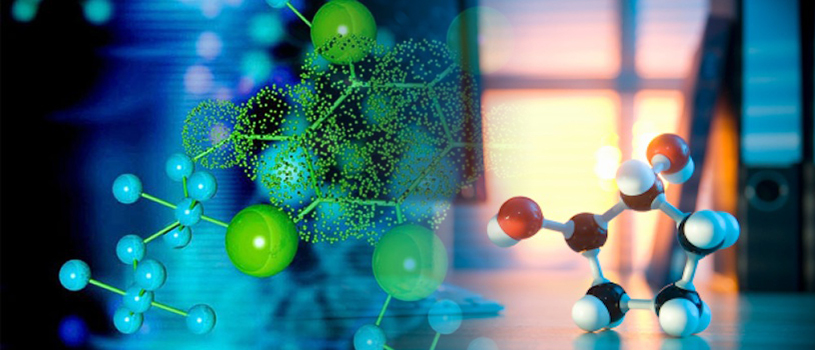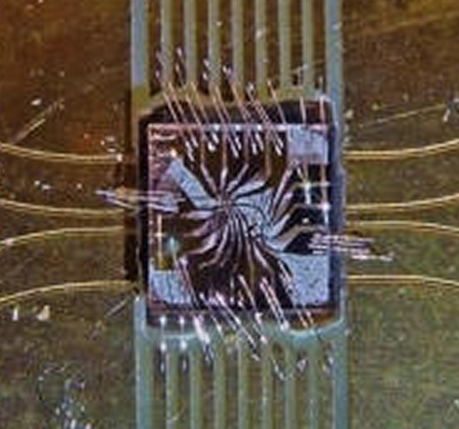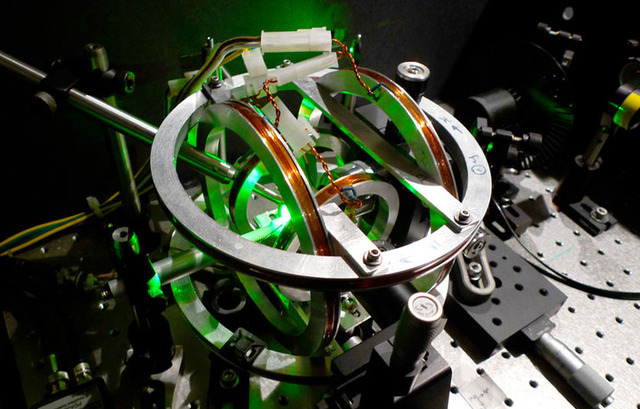
Einstein's "spooky action at a distance" can reach as far as low earth orbit, and twisted light could boost quantum communication bandwidth

Why send a message back in time, but lock it so that no one can ever read the contents? Because it may be the key to solving currently intractable problems.

Processors using quantum mechanics are reportedly achieving much greater problem-solving speed.

Google has been sharing more details about its quantum computing project, which it runs in partnership with NASA.

In the race to build the first functional quantum computer, Australian researchers at the University of NSW find coding possible in silicon

NASA today sent out invitations to journalists for a tour of its Quantum Artificial Intelligence Laboratory, a joint project with NASA, Google, and the Universities Space Research Association located at NASA Ames Research Center in Silicon Valley.

Researchers from the Centre for Quantum Technologies (CQT) at the National University of Singapore and the University of Seville in Spain have reported the most extreme 'entanglement' between pairs of photons ever seen in the lab.

Scientist Eric Ladizinsky compares advent of new technology to discovery of fire

Quantum physics theory has an odd but fundamental quirk: atoms in a quantum state aren't supposed to move as long as you're measuring them. It sounds preposterous, but Cornell University researchers have just demonstrated that it's real.

The first multi-qubit computer with protection against decoherence (noise that prevents the computer from functioning properly) has been developed by an international team of scientists.

Scientist show how to make atoms swing to the beat (frequency).

Scientists at IBM Research have achieved major advances in quantum computing device performance that they say may accelerate the realization of a practical,

D-Wave Systems has carried out a calculation involving 84 qubits on its D-Wave One quantum computing system, Technology Review Physics arXiv blog

By 2017, quantum physics will help reduce the energy consumption of our computers and cellular phones by up to a factor of 100. For research and industry, the power consumption of transistors is a key issue. The next revolution will likely come from tunnel-FET, a technology that takes advantage of a phenomenon referred to as "quantum tunneling."

(PhysOrg.com) -- Engineers and physicists at Harvard have managed to capture light in tiny diamond pillars embedded in silver, releasing a stream of single photons at a controllable rate.